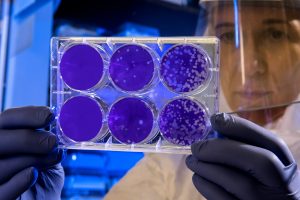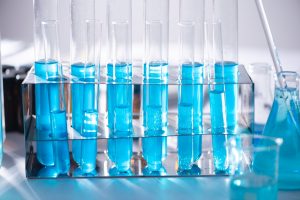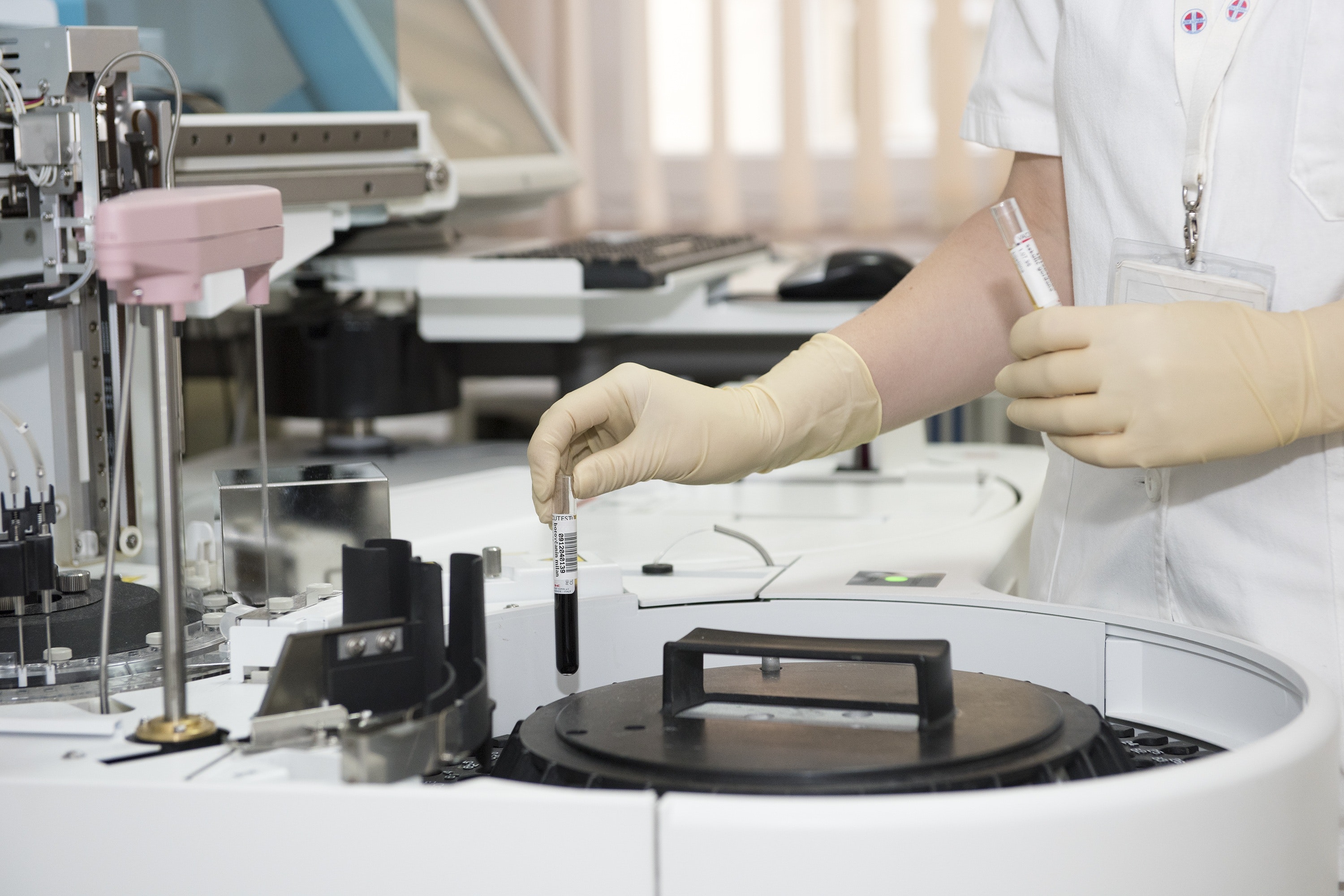The Truth About Covalent Silver
Covalent silver is a term being used to sell what are typically ionic silver products. Products claiming to be covalent silver are in fact mostly ionic silver solutions. When reading the description for covalent silver products one will eventually find reference to silver ions being the antimicrobial agent. Covalent silver solutions may also contain some silver nanoparticles (colloidal silver). Scientifically speaking, a silver ion is an atom of silver that is missing precisely one outermost orbital electron. It is the outermost electrons of an atom that determine the physical properties of matter. Remove one electron from a silver atom and you produce ionic silver. Ionic silver is not the same as metallic silver, silver particles or colloidal silver.
Colloidal silver is made up of tiny nanoparticles of metallic silver. The particles are complete and do not combine with other elements. In its ionic form, silver is highly reactive with other elements, and will readily combine with anions to form compounds. Inside the human body chloride is the most prevalent anion. Silver ions will immediately combine with chloride to form an insoluble compound of silver chloride which has zero bio-availability and no recognized benefits.
The difference between silver ions and silver particles boils down to the fact that silver ions combine with chloride ions to form silver chloride and silver particles do not. |
This simple fact should be kept in mind when reading claims that silver ions are particles that can survive inside the body.

Why Silver Ions and Chloride Anions Combine Inside The Body
A silver cation has a position charge (+1 valence) because it is missing one electron. The chloride anion has a negative charge (-1 valence) because it has one extra electron. When a silver cation and a chloride anion are in close proximity a large attractive force is exerted between them which cause them to join together to create a chemical bond thus forming a compound. Silver chloride is the compound that is formed when silver ions combine with chloride ions. It is an insoluble compound which means once it is formed in the human body, it does not dissolve. Silver ions and chloride ions have such a strong attraction for each other that it is virtually impossible to keep them apart. Once they find each other, they form the silver chloride compound. Nearly all ionic silver will combine to form silver chloride once inside the body because of the readily available supply of chloride ions in many different forms.
Silver chloride is an insoluble salt that does not dissolve inside the body once it has formed. Silver chloride is eliminated by the kidneys and expelled through the urine. The authors believe that only the portion of silver content contained in the particles will remain effective in the body.
Ionic Silver Bioavailability
Promotional claims made for ionic silver products describe it as having high bioavailability. Nothing could be farther from the truth. The Merck Manual makes it clear that bioavailability is the amount of unchanged drug that reaches the systemic circulation. To be bioavailable the substance being ingested must attain systemic circulation unchanged in form. Because silver ions are highly reactive they quickly form compounds in the body and therefore cannot remain unchanged. While it is the highly reactive nature of silver ions that provides its antimicrobial properties, it also causes the rapid formation of compounds and prevents the continued existence of silver ions inside the human body. Because silver ions cannot exist inside the human body the bioavailability is virtually nonexistent. Silver compounds such as silver chloride in the bloodstream provide no meaningful antimicrobial properties.

Related Information
- The Truth About Ionic Silver
- Myth of Monatomic Colloidal Silver
- How to Compare Colloidal Silver Products
- Particle Surface Area and Effectiveness
- Ions, Atoms and Charged Particles
- Bioavailability of Colloidal Silver
- The Truth About TEM Images of Ionic Silver Solutions
- The Truth About Silver Protein Products
- Bacteriology Studies of Ionic Silver are Bogus
- The Truth About Colloid Particle Size
- Find colloidal silver products on the internet

